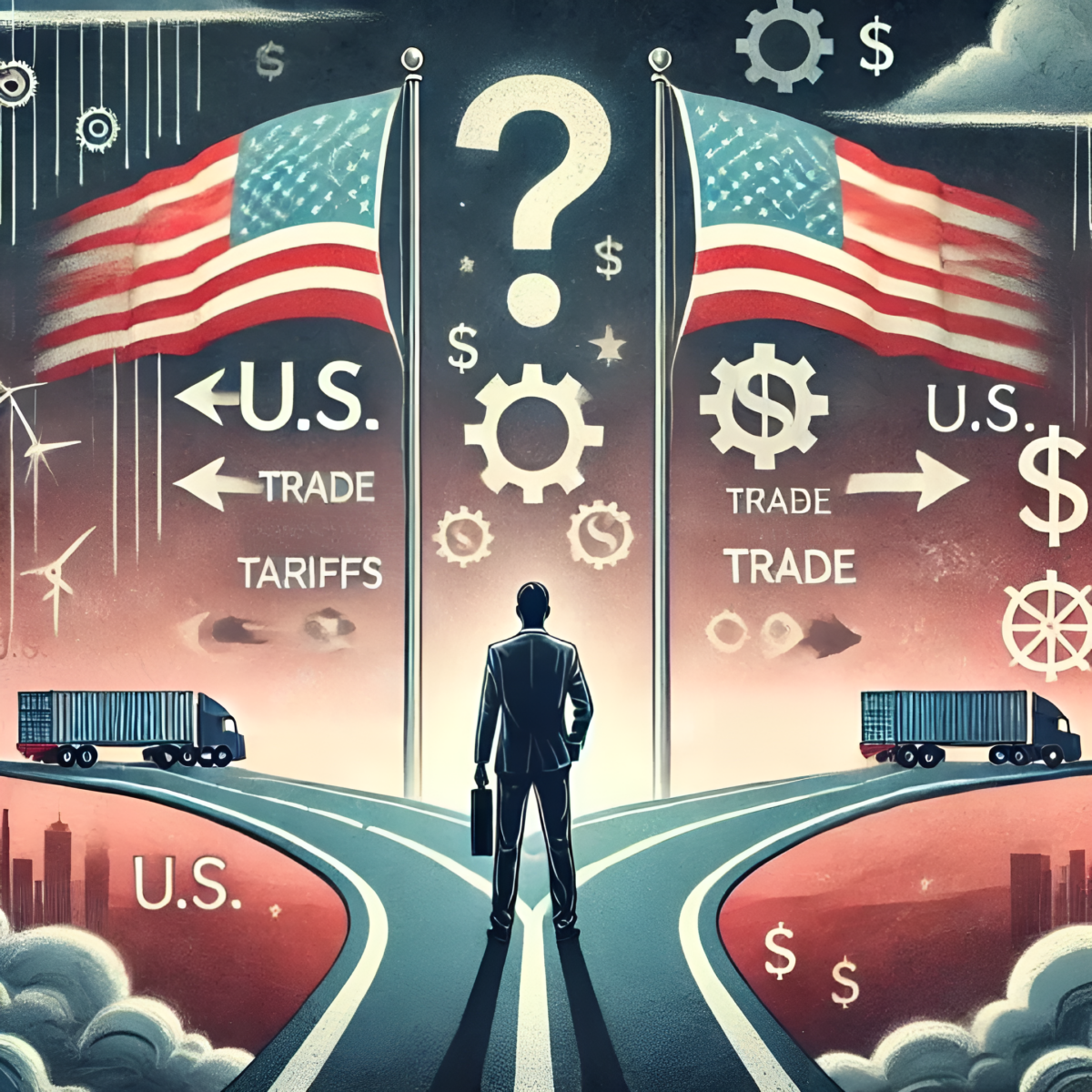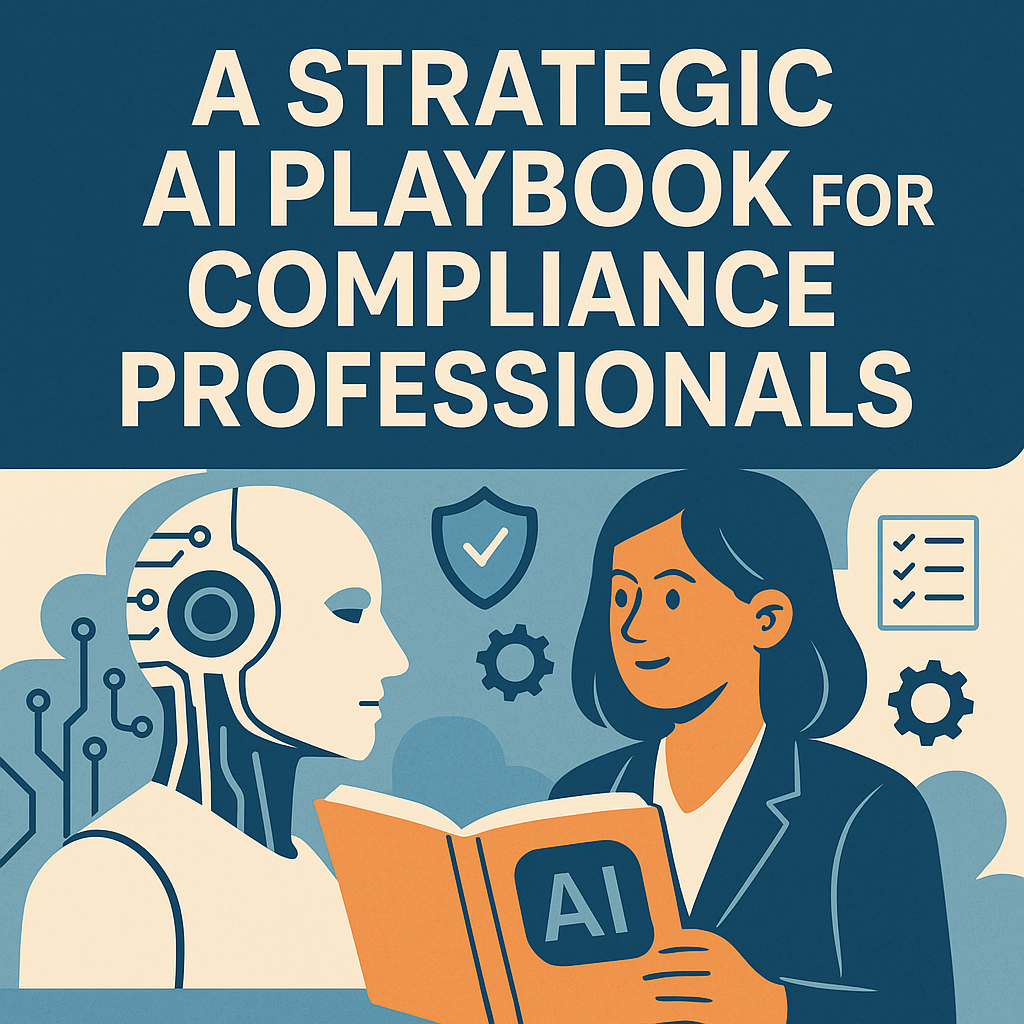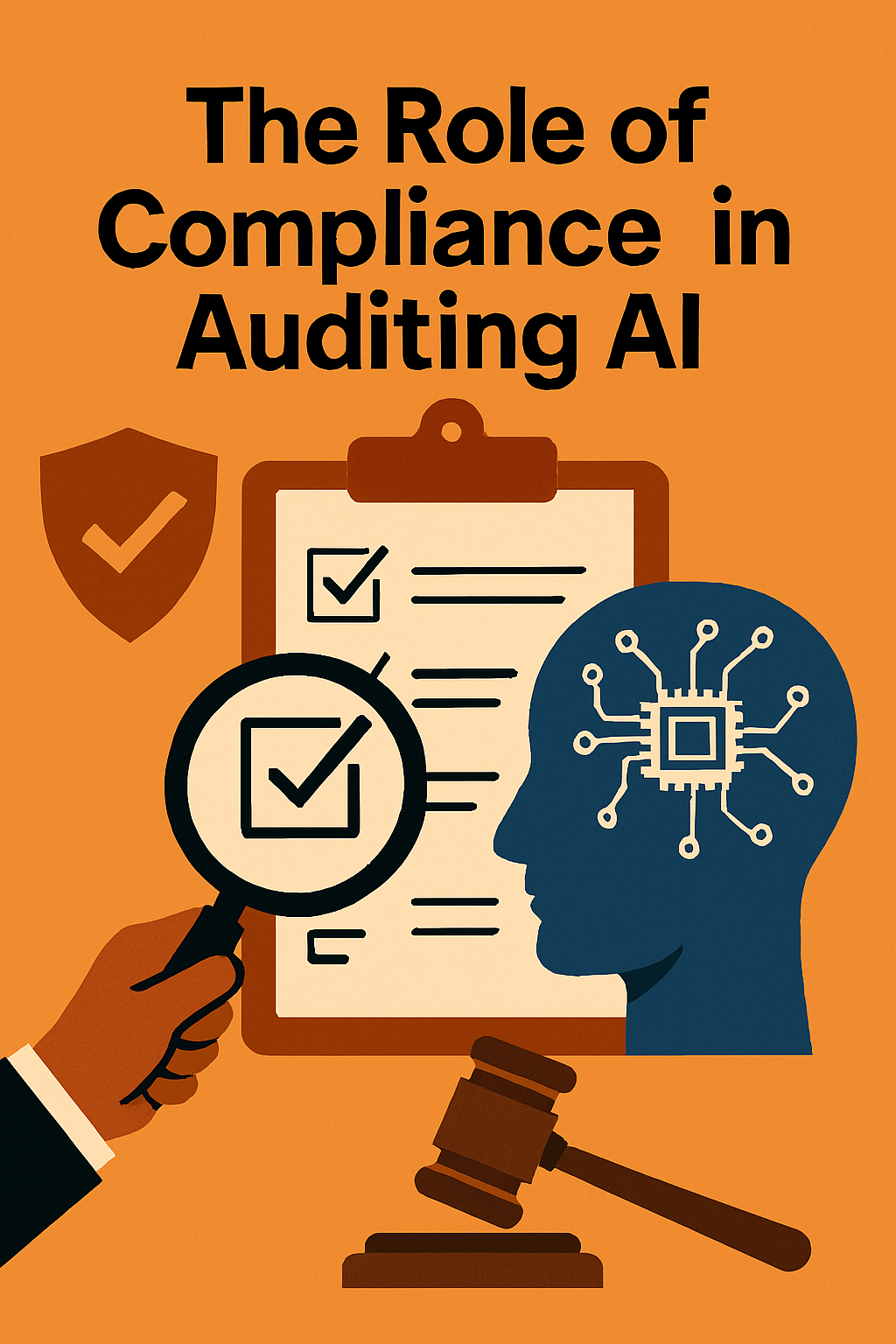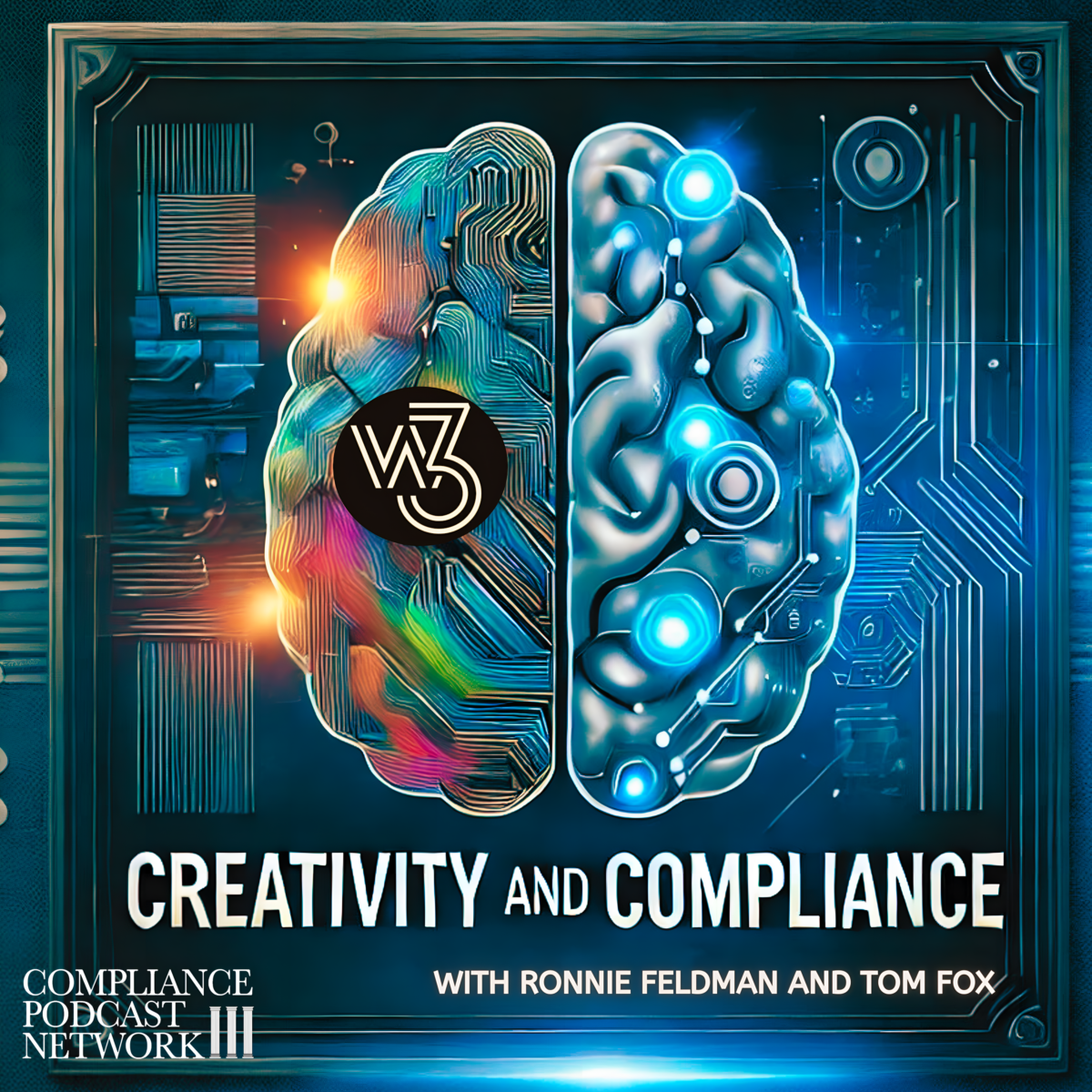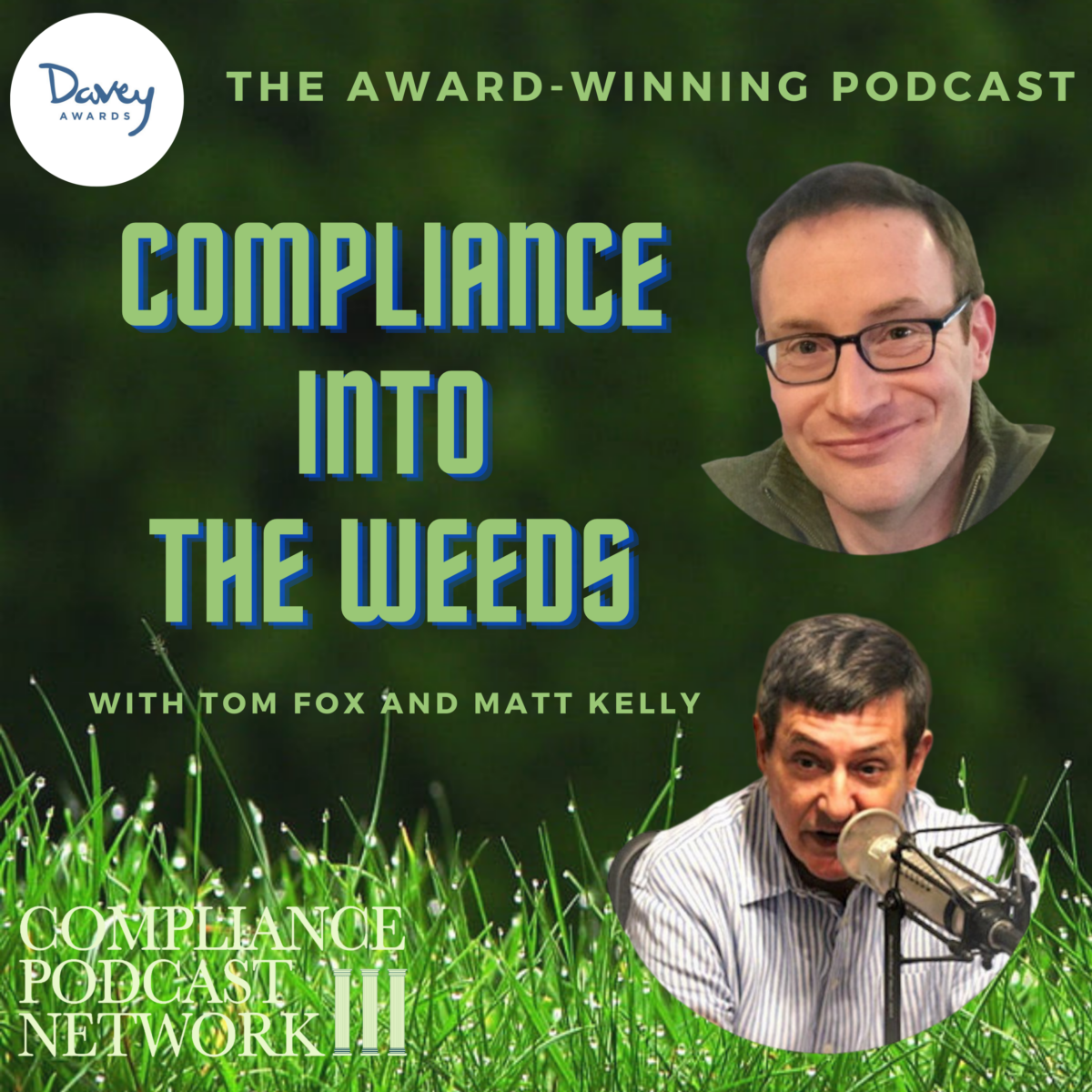This week, we will examine the macroeconomic implications of President Trump’s recent tariff hikes and suspensions, a critical issue reverberating across boardrooms globally. Business leaders and compliance professionals are grappling with navigating this unprecedented landscape, and understanding the nuances of this evolving situation is crucial for corporate strategy and compliance preparedness. Today, we will take a macroeconomic view.
Last week, President Trump dramatically escalated tariffs on U.S. trading partners, elevating the average effective tariff rate to approximately 23%. This sharp increase has left markets reeling and businesses scrambling to adapt. Just as quickly (within 48 hours), he brought the tariffs back to their original amount by suspending them. This situation illustrates the growing complexity and volatility that executives must manage, highlighting the vital role that corporate compliance teams play in preparing businesses for macroeconomic shocks.
I was therefore interested in a recent Harvard Business Review article entitled Understanding the Global Macroeconomic Impacts of Trump’s Tariffs by authors Philipp Carlsson-Szlezak, Paul Swartz, and Martin Reeves. In this article, they considered how Trump’s tariff imposition and roll-back moves “have jolted markets and thrust business leaders into deep uncertainty. Developing a better understanding of tariffs’ primary and secondary macroeconomic effects and any plausible long-term consequences will allow executives to assess the impact on their markets and businesses continuously. With so much in flux, leaders must ditch rigid plans and build flexible, analytical muscle to navigate this turbulent new landscape.”
At its core, this situation underscores the asymmetrical nature of trade wars. The United States, due to its significant trade deficit, initially seemed well-positioned to engage in targeted trade disputes. However, by initiating a comprehensive, 360-degree trade war affecting virtually all global trading partners simultaneously, the U.S. has dramatically altered the landscape of risk and opportunity. This asymmetry is critical; while the U.S. experiences cumulative impacts from numerous trade disputes, its trading partners face singular impacts from the U.S. alone.
Understanding the primary effects of tariffs requires compliance professionals to differentiate clearly between supply and demand shocks. For U.S. businesses, supply shocks are particularly pertinent. Tariffs, effectively taxes on imports, invariably translate into higher consumer prices, fueling inflation. This scenario is reminiscent of the post-pandemic supply chain disruptions we have navigated, curtailing real incomes and restraining economic growth. Analysts predict these new tariffs could slash U.S. GDP growth by approximately 1.4%, significantly impacting corporate forecasts and strategic planning.
Trade partners face their own challenges. Retaliatory tariffs, already implemented by China and under consideration by others, inflict similar inflationary pressures and consumption downturns, albeit typically on a smaller scale, estimated between a 0.1% to 0.3% GDP reduction. However, demand shocks to these trading partners could be more severe, depending on the price sensitivity of U.S. imports. Countries heavily dependent on the U.S. market, such as Vietnam, might witness GDP contractions exceeding 6%, illustrating the profound impact that tariff-induced demand disruptions can have on certain economies.
Compliance teams must also monitor and prepare for secondary impacts. The five critical secondary channels to watch are confidence erosion, ROI effects, monetary policy errors, diminished competitiveness, and potential new financial and other shocks. Decreased consumer and business confidence could dampen spending, hiring, and investment behaviors. Additionally, while historically not always leading to recession, equity market volatility poses tangible threats to corporate balance sheets and overall financial stability.
Moreover, the tariffs significantly affect competitiveness. Approximately half of U.S. imports consist of production inputs essential for domestic manufacturing, such as steel and machine tools. Increased production costs stemming from tariffs could, therefore, undermine U.S. businesses’ competitive positions globally, an area where compliance teams must remain vigilant and advise on risk mitigation strategies.
The long-term impacts of these tariffs also warrant consideration. The Trump administration aims to reallocate global production to bolster U.S. manufacturing and employment. Unlike the Biden administration’s CHIPS Act, which strategically incentivized high-productivity sectors like semiconductors, the broad scope of Trump’s tariffs risks fostering lower-productivity industries domestically. This shift could crowd out higher-value sectors due to competition for already scarce labor resources, diminishing overall economic productivity and potential.
This scenario demands that compliance professionals embrace continuous learning and adaptability. The volatility and complexity introduced by the tariff situation reinforce the necessity of dynamic analytical capabilities over static compliance strategies. Compliance leaders must ensure their organizations develop robust analytical frameworks to assess and respond continuously to evolving macroeconomic conditions.
Organizations must regularly revisit their risk assumptions, factoring in the potential global reshuffling of trade flows. If major exporters redirect goods previously destined for the U.S. to other markets, it could trigger a broader global trade conflict, requiring compliance officers to adjust corporate risk assessments and response strategies rapidly.
Finally, executives and compliance professionals should approach this situation with a dual lens, balancing tactical short-term responses with strategic long-term considerations. Immediate tactical decisions are necessary, but it is equally critical to analyze potential structural changes in global trade dynamics that may unfold over the coming decade.
Managing macroeconomic uncertainty, such as the ongoing 360-degree trade war, is increasingly becoming an essential competency for compliance professionals. Those who proactively develop sophisticated, agile analytical capabilities will be better equipped to navigate these uncertain waters, providing their organizations with strategic advantage in tumultuous economic conditions.


